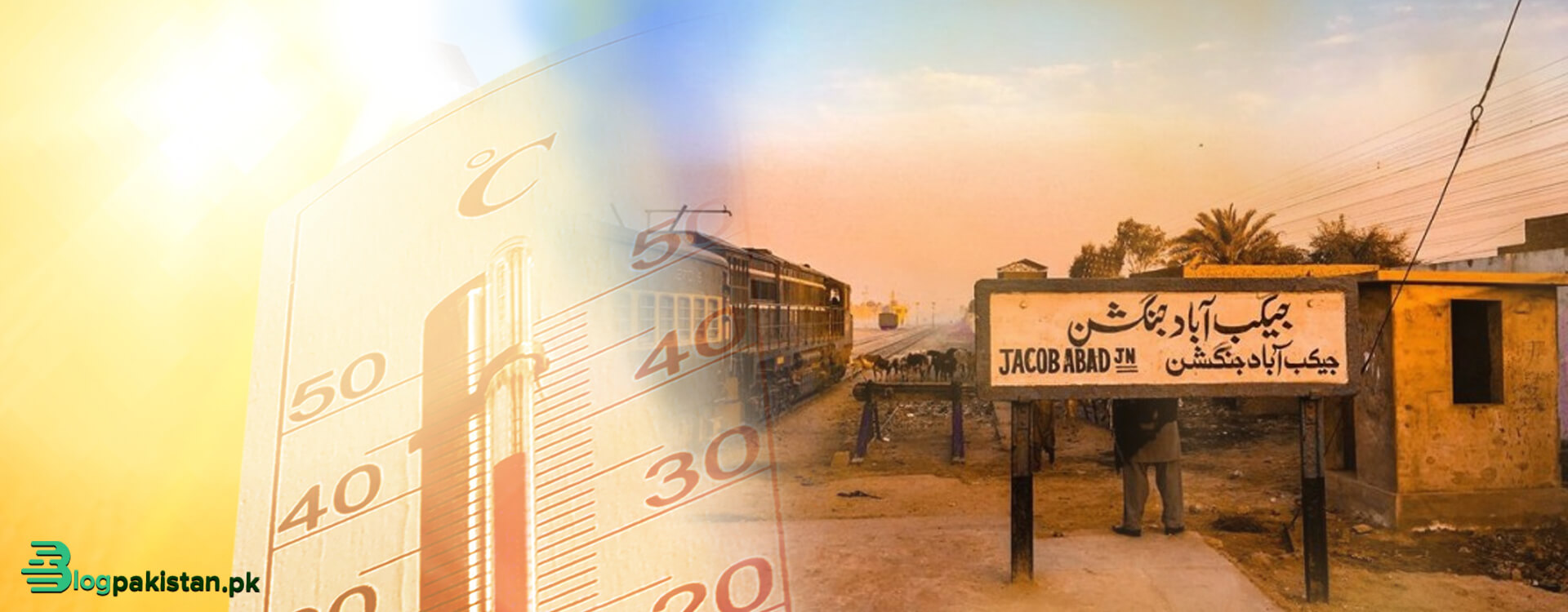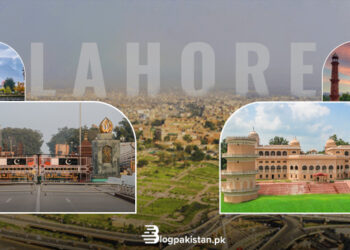Jacobabad reported 100 degrees Fahrenheit temperature for 51 straight days in March and 123.8 degrees Fahrenheit (51 degrees centigrade) in May 2022, making Jacobabad the hottest city in the world!
With temperatures this high, combined with electricity and water shortage, heat strokes, dehydration, and death (in serious cases) become inevitable.
Located in Sindh and named after a British General and colonial administrator, John Jacob, the city is one of the most vulnerable regions to climate change in the world.
Electricity Shortage and Widespread Poverty

Frequent power cuts, poor economic conditions, and reduced access to water add to the misery of the people in Jacobabad.
Due to power cuts, water is unable to reach the various areas in the city and make the scorching heat even harder to handle.
Currently, there is a shortfall of up to 60% of what is needed in Sindh’s key dams and canals causing the power cuts and water shortages.
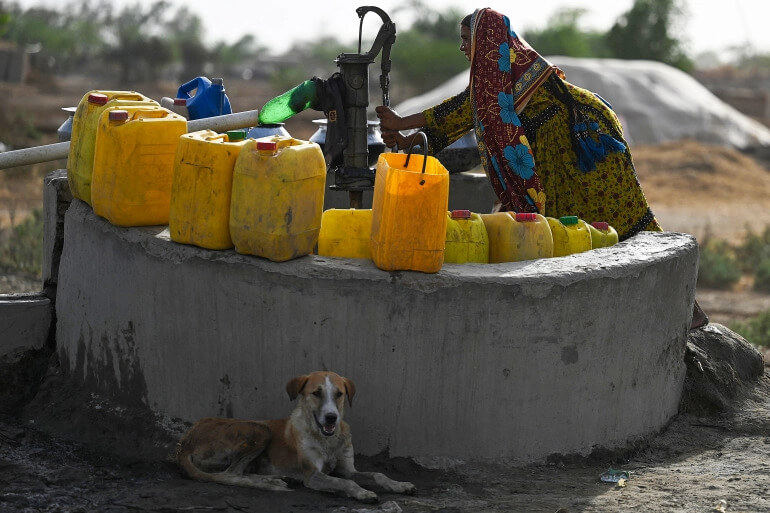
As of now, Jacobabad’s population is roughly 200,000, and about 70% of the population lives below the poverty line. These are primarily farm and daily wage workers in brick kilns or factories.
The above factors combined with limited resources make it very hard for many to even acquire basic necessities.
Less Rain and High Humidity
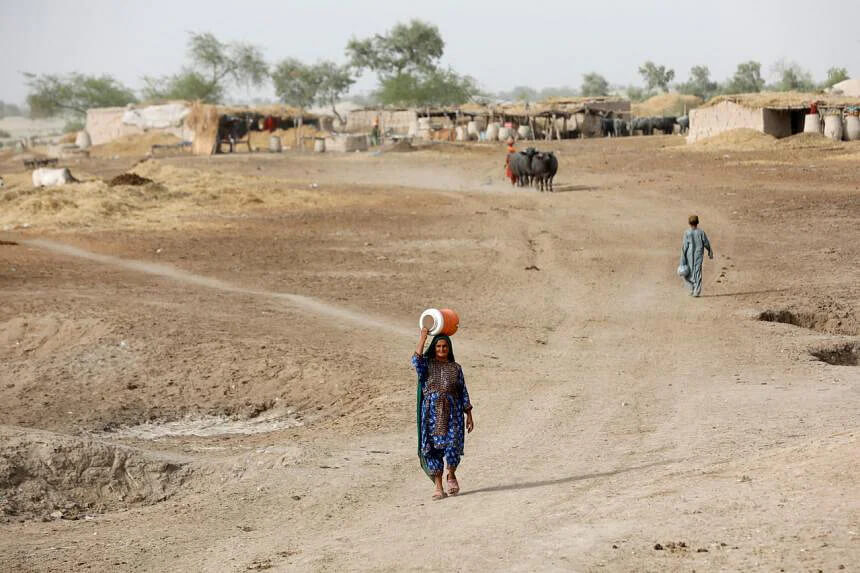
Recent research and temperature records show that Jacobabad has crossed conditions suitable for human beings.
Sweating is a natural process that helps cool us down. When the humidity in an area is high, it prevents sweat from evaporating and cooling you down.
But heat and humidity are not the only concern. In Jacobabad, less rainfall is another rising issue.
Pakistan saw 62% below normal rainfall all over the country in march 2022 (according to Pakistan Meteorological Department), with Sindh receiving 1.6 mm of rain vs the normal of 4.7mm. Jacobabad received 7 mm of rain in March 2022, vs the normal of 10.6 mm.
Climate Change and its Long-Term Impact
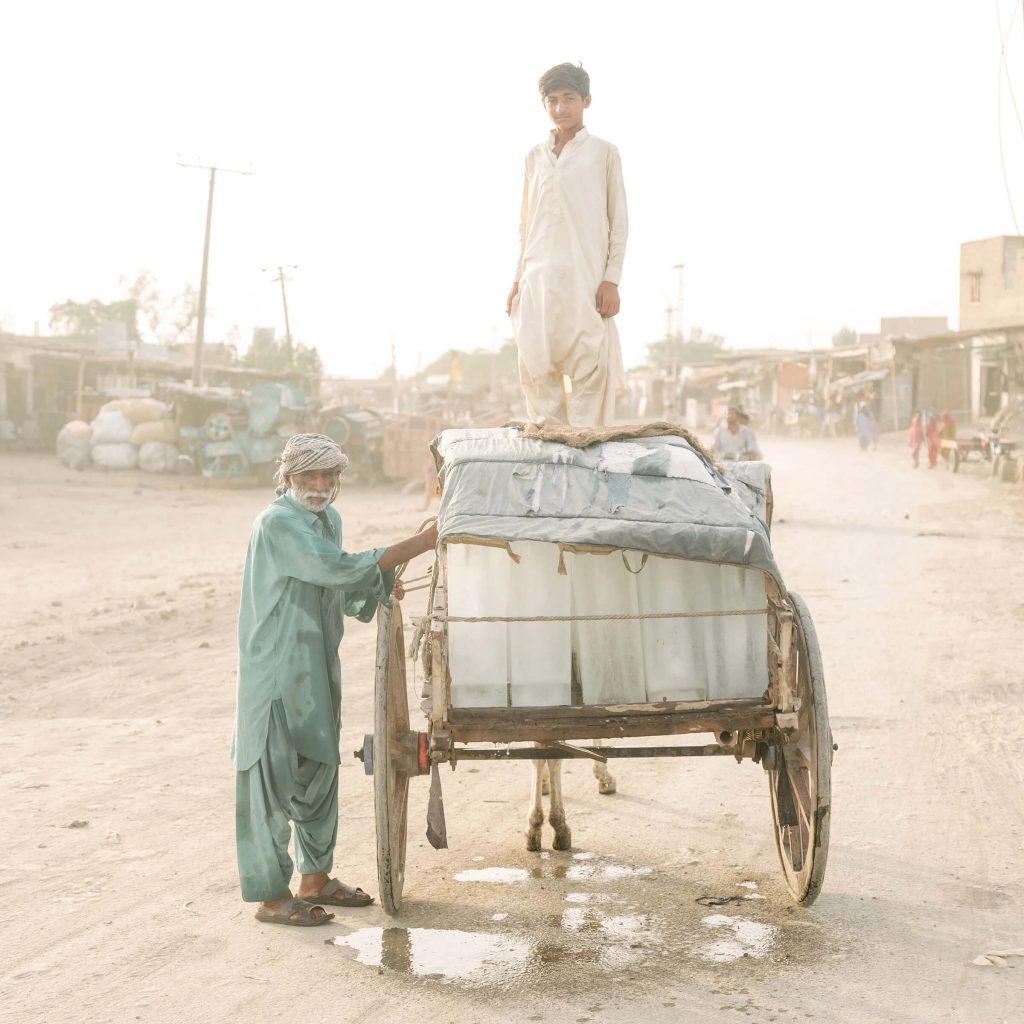
Jacobabad lies on the “front line of climate change”, according to Deputy Commissioner Abdul Hafeez Siyal.
Due to climate change, the city saw soaring temperatures in March and May that are usually seen in June and July.
Apart from Jacobabad, the entire country faces serious threats due to climate change.
Below are some facts that indicate the severity of the situation.
- Pakistan is expected to get 3.5 degrees Celsius warmer by the end of this century
- The country has contributed less than 1% to the global greenhouse gas emissions but is among the top 10 most vulnerable nations that will be affected by climate change
- As temperatures continue rising, extreme heat waves are only expected to get worse
Health Risks
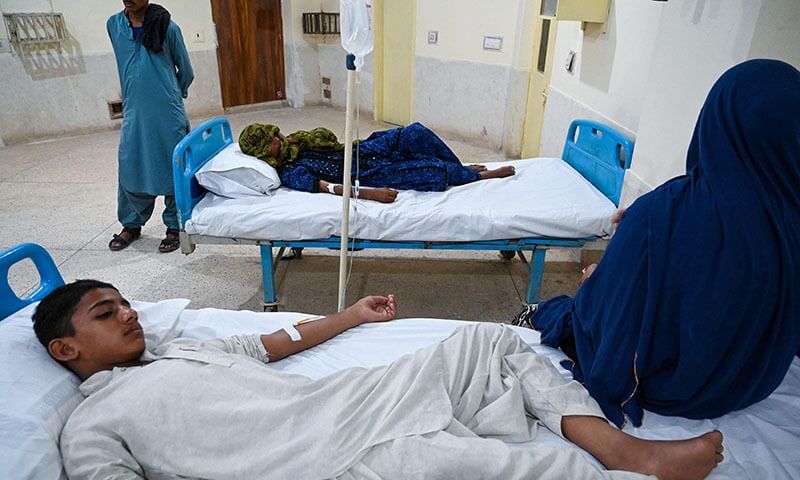
The extreme heat can cause acute water Diarrhea, Extreme Fever, Acute Kidney Injury (AKI) due to Heatstroke, and Gastroenteritis
According to the Meta-Analysis (published in the British Medical Journal in September 2020), for every 1°C temperature rise, the number of premature deliveries and stillbirths increase by about 5%.
For many females cooking over hot stoves, in poor ventilation adds an additional health risk of heat strokes.
Combating Climate Change – The Need of the Hour
High temperatures, humidity, less rainfall, and no resources to handle the heat are pushing the residents of Jacobabad to the end of survival.
While the area is already unfit for life, poor economic conditions are an additional worry for the people who are currently helpless.
The government needs to step forward and take serious actions to combat climate change and cater to the needs of the people in Jacobabad.
Apart from Jacobabad, Sibi recorded 48°C in March and Rohri touched 47.2°C, making them the 2nd and 3rd hottest cities in the world at that time.
If due action is not taken timely, the temperatures and heat-related deaths can increase in various regions of Pakistan, and the damage might become irreversible.
